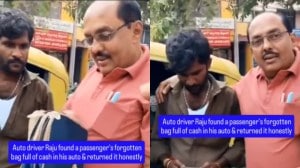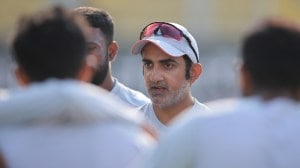Bureaucratic maze
Globalising India needs a passport system that responds to security and mobility challenges.

Bureaucracy, they say, is the art of making the possible, impossible. For decades, the gigantic army of bureaucrats at the consular passport division of the Union ministry of external affairs has been assiduously working at making the delivery of a bona fide passport to a bona fide citizen as near an impossibility as they possibly can. Procuring, renewing, replacing a passport have always meant filling innumerable forms, standing in innumerable queues — in crowded rooms running dangerously short on fresh air — for interminable hours and subjecting oneself to the attentions of police officers, many of whom have come to regard the process as a useful source of additional income.
To be fair to the Government of India, we need to also recognise that this country is by no means unique in this respect. America’s state department bureau of consular affairs apparently employs 8,000 people, all of them with but one purpose: to make sure that nobody goes anywhere. The situation must be fairly similar elsewhere in the world. It is, therefore, with something akin to satisfaction that we have just learnt that India hopes to reform its passport issuing system. Within 19 months, the newly envisaged Passport Seva Project is expected to make the process time-bound, transparent and reliable. As if to underline that promise, the irrational requirement that those travelling for purposes other than employment have to obtain an emigration clearance from that Orwellian institution — ‘Protector of Emigrants’ — is also to be abandoned.
None of this is not going to be easy. The huge numbers involved — there are at present 2.5 crore valid passports in circulation within the country — and the heightened sense of insecurity in the post 9/11 world do not help. But information technology will be a great asset in this project — biometric passports for ordinary travellers are scheduled to come into force late next year. A globalising India cannot afford a passport system that resembles the Great Wall. It needs one that responds to both security and mobility challenges of the times.
- 01
- 02
- 03
- 04
- 05































